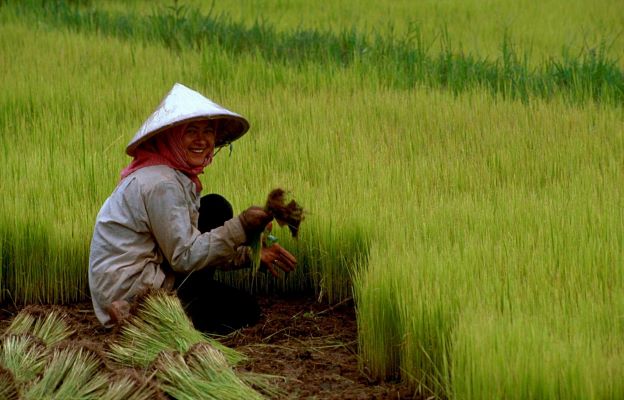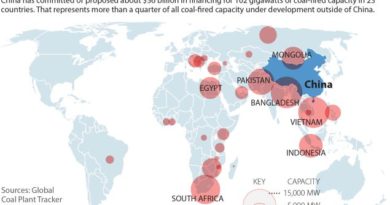China and Its Food Security: Issues and Opportunities

China whose population is expected to grow by another 200 million in the next decade, is faced with a growing concern of Food security. The trade war with the United States threatens China’s food supply and the outbreak of a disease like African swine fever has caused more problems for the world’s most populated country in the world.
To feed its own people, China will need to increase the amount of food it produces by 1 percent year on year. China’s strategy over the past several decades has largely focused on yield improvements through an increase in cultivated area and fertilizer use.
The fertilizer usage has become so bad that its farmers use almost 60 million tonnes of chemical fertilizers, which is more than 30 percent of the worldwide total. Agriculture accounts for over 60 percent of total water usage in the country but only about half of this is taken up by crops, with the remainder lost to improper irrigating methods and poor diversion canals. All these problems are multiplying as the country is also experiencing acceleration in Urbanisation and industrialization.
China’s farming practices have caused widespread depletion of aquifers, soil quality and biodiversity. In the long term, shrinking crop biodiversity is bad for China’s farmers. Harvests will be less able to withstand diseases, pests and changes in weather. It also places more strain on soils, pollinators and water reserves.
China which the origin of many of the world’s crops, including apples, pears and tea, is facing many challenges. Over the course of China’s history people used over 10,000 plant species to support their livelihoods. But now over 1,000 species are under threat.
There are issues driven by growing concern about nutrition among the burgeoning middle class in China. The change in the dietary habits of China has an impact on foreign countries’ food systems. Like Trade war with US has Led Chinese shift their Avocado and Soybean demand to Brazil and other countries which can become a potential environmental crisis for Latin and South Americas.
At 114 million, the country also has the world’s largest number of diabetics. The numbers have seen an uptick with China’s growing dependence on imported food. The huge costs associated with this public health crisis and supply of food from elsewhere places a heavy burden on the sustainable development of China and, by implication, the world.
Solution and Opportunity
Saving Biodiversity: Over 40 million people are still classed as poor in China, and they mostly reside in marginal rural areas. Improving crop biodiversity means giving them tools to build their livelihoods, especially in the many areas where farmers are struggling due to the inadequacy of dominant crop varieties.
A new Agrobiodiversity Index, compiled by Bioversity International, shows that increased crop biodiversity could substantially help China tackle risks and build resilience towards a wide array of issues, from malnutrition and poverty to inappropriate land management.
Beyond resilience, crop biodiversity could also help improve the health of China’s people. Nearly a third of the adult population is overweight and one in ten is diabetic, with a lack of dietary diversity playing a substantial role.
China’s environment could also greatly benefit. More crop varieties in use by farmers means less intensive water and fertilizer use, leading to less land degradation and soil erosion. It also means more environments for insects, which pollinate 84 percent of commercially grown plants.
Sustainable agriculture: Various opportunities for promoting a more sustainable food system are emerging in food-related policies and among civil society groups in China.
The Chinese government has signaled its support for the development of more sustainable agriculture. The National Agriculture Modernisation Plan (2016-2020), for example, calls for more public investment in the protection of agricultural resources, restoration of agricultural land and promotion of the diverse functions of agriculture. The National Sustainable Agriculture Development Plan (2015-2030), a guiding document issued in May 2015, marked a new beginning for agriculture development in China.
Meanwhile, alternative food initiatives such as community-supported agriculture and ecological farmers’ markets which are now thriving in China, could help cope with the food safety crisis.
Integrated public food education programs have also been created by several leading community-supported agriculture farms.
Much more could be done to reduce the adverse impacts of the changes to the food system. Agroecology should be better promoted in agricultural policies. Smallholders can be included in policies for their knowledge and potential in sustainable agriculture development. Innovative food sourcing channels, like farmers’ markets, should be supported to rebuild consumer trust in domestically produced food.
–with inputs from various agencies




